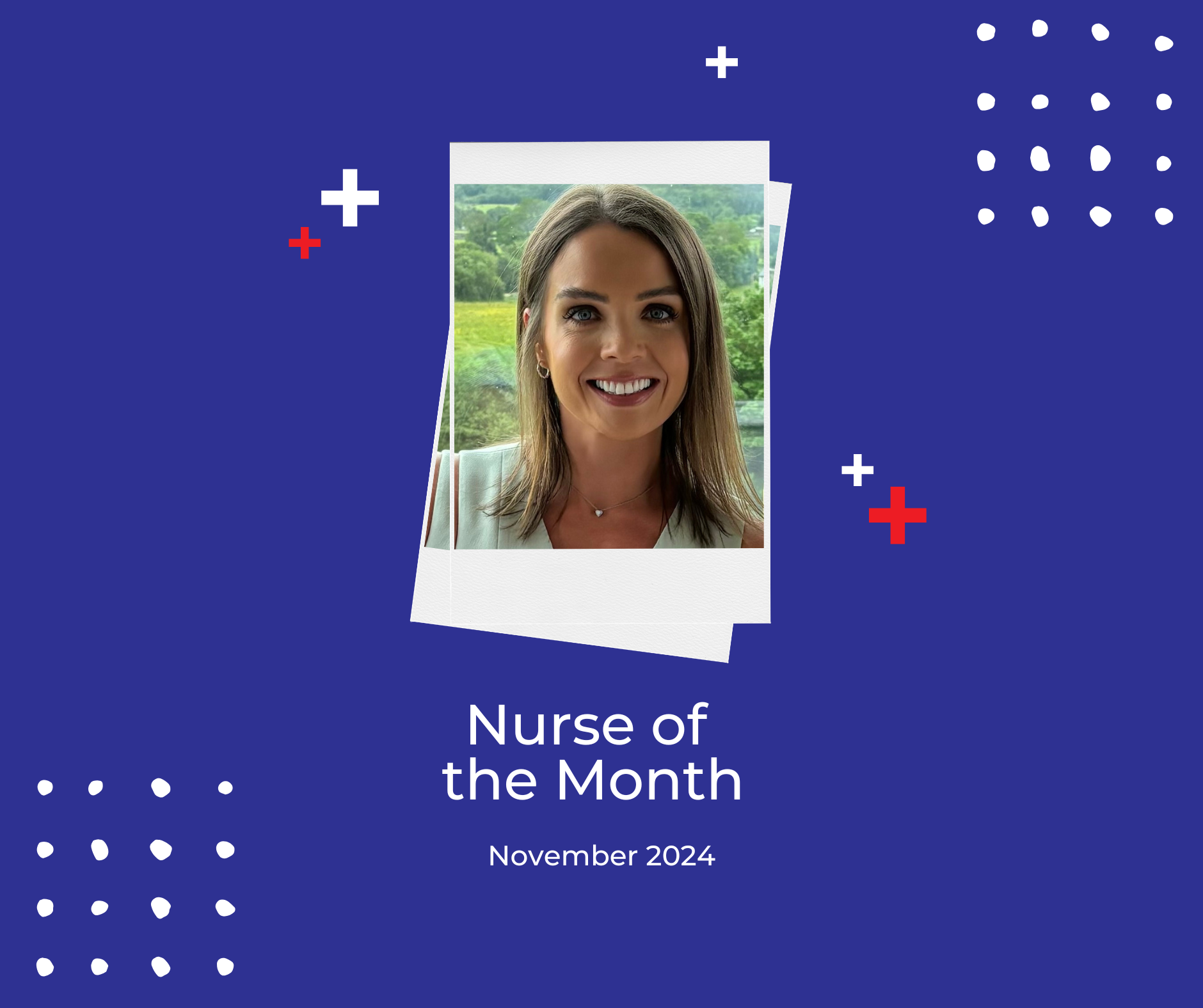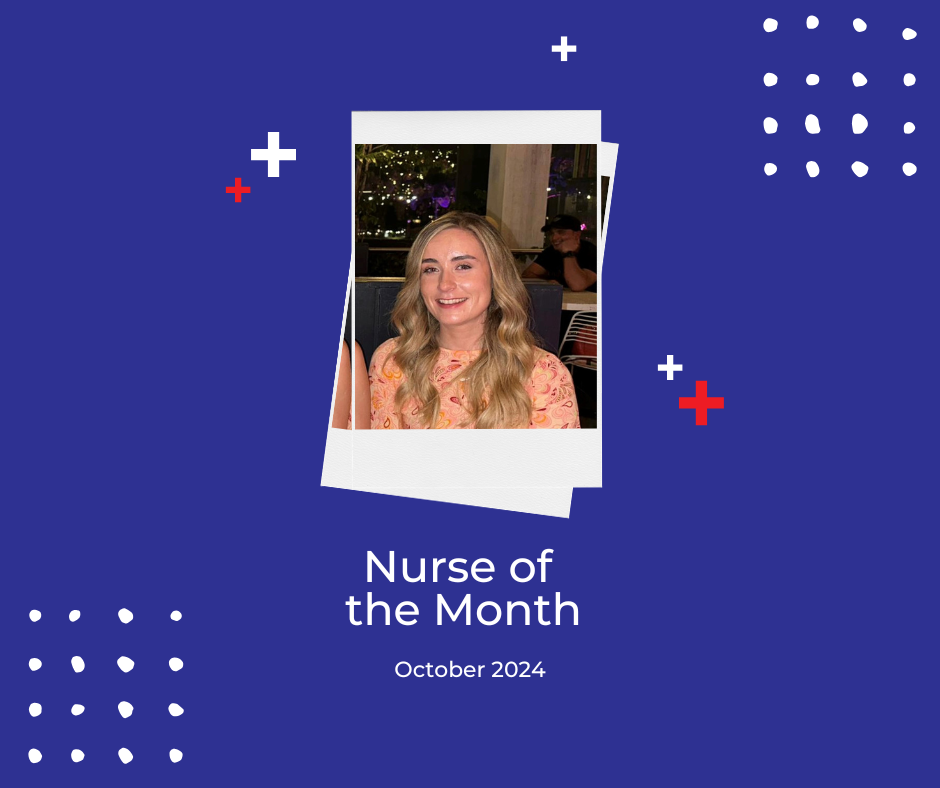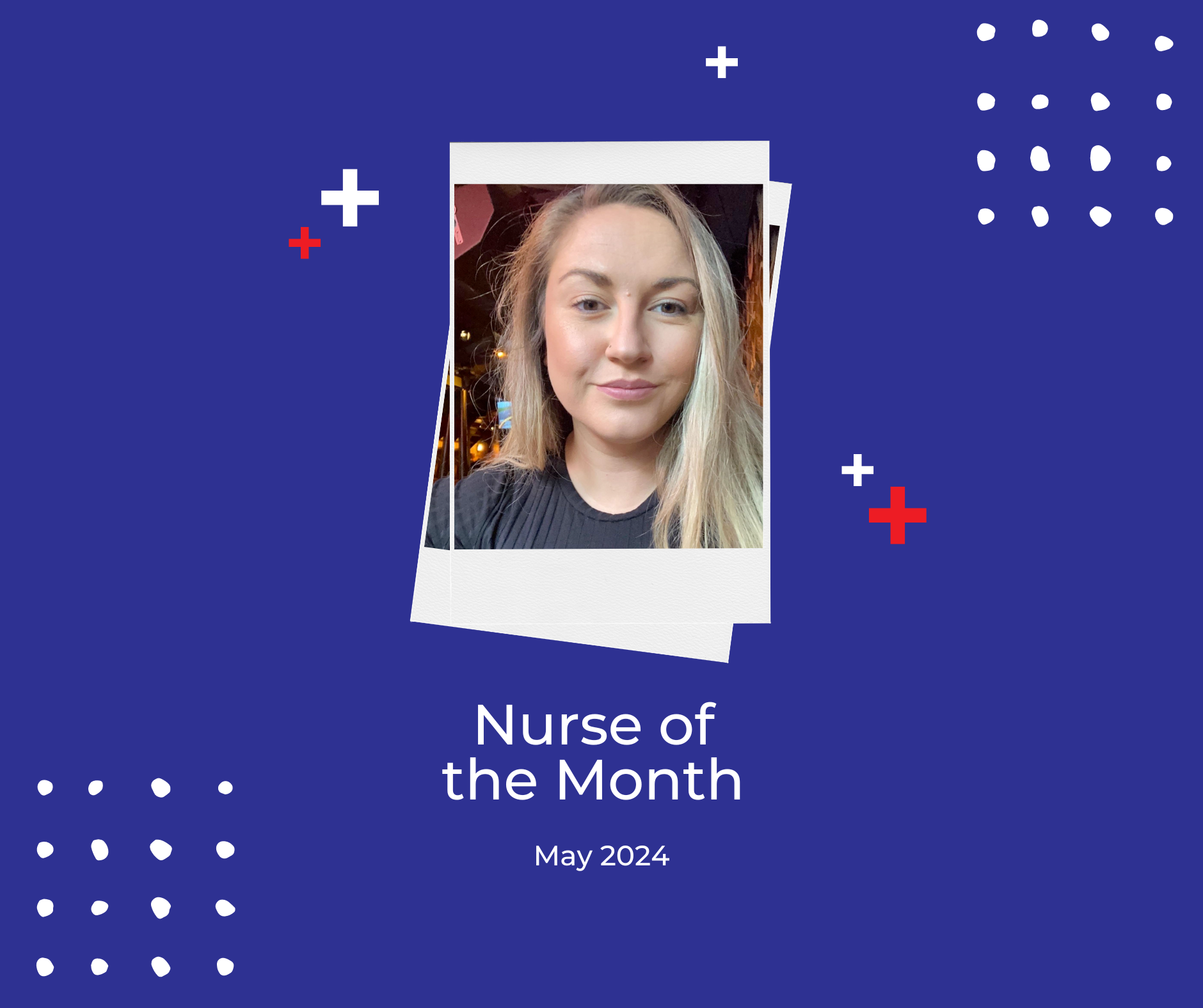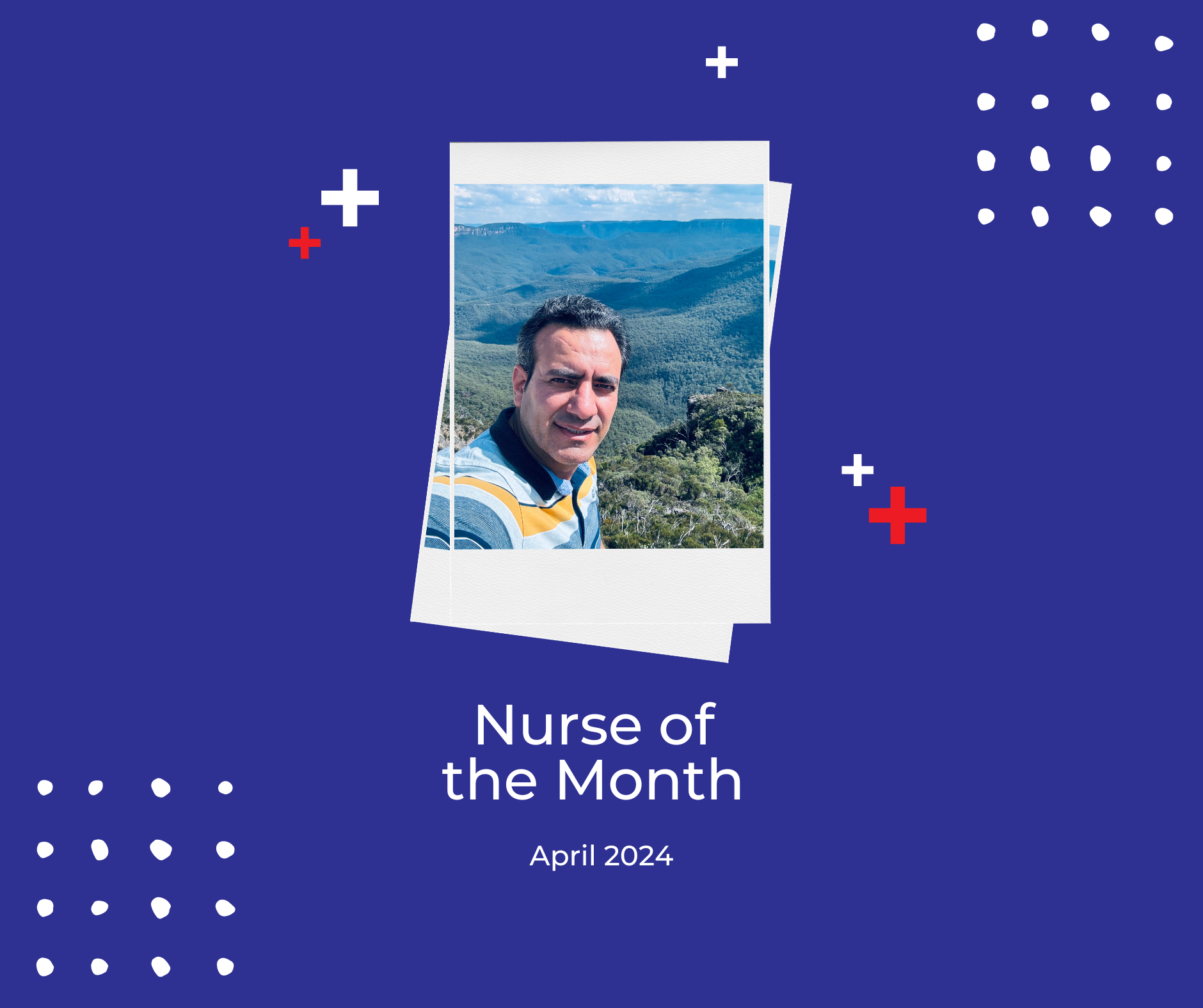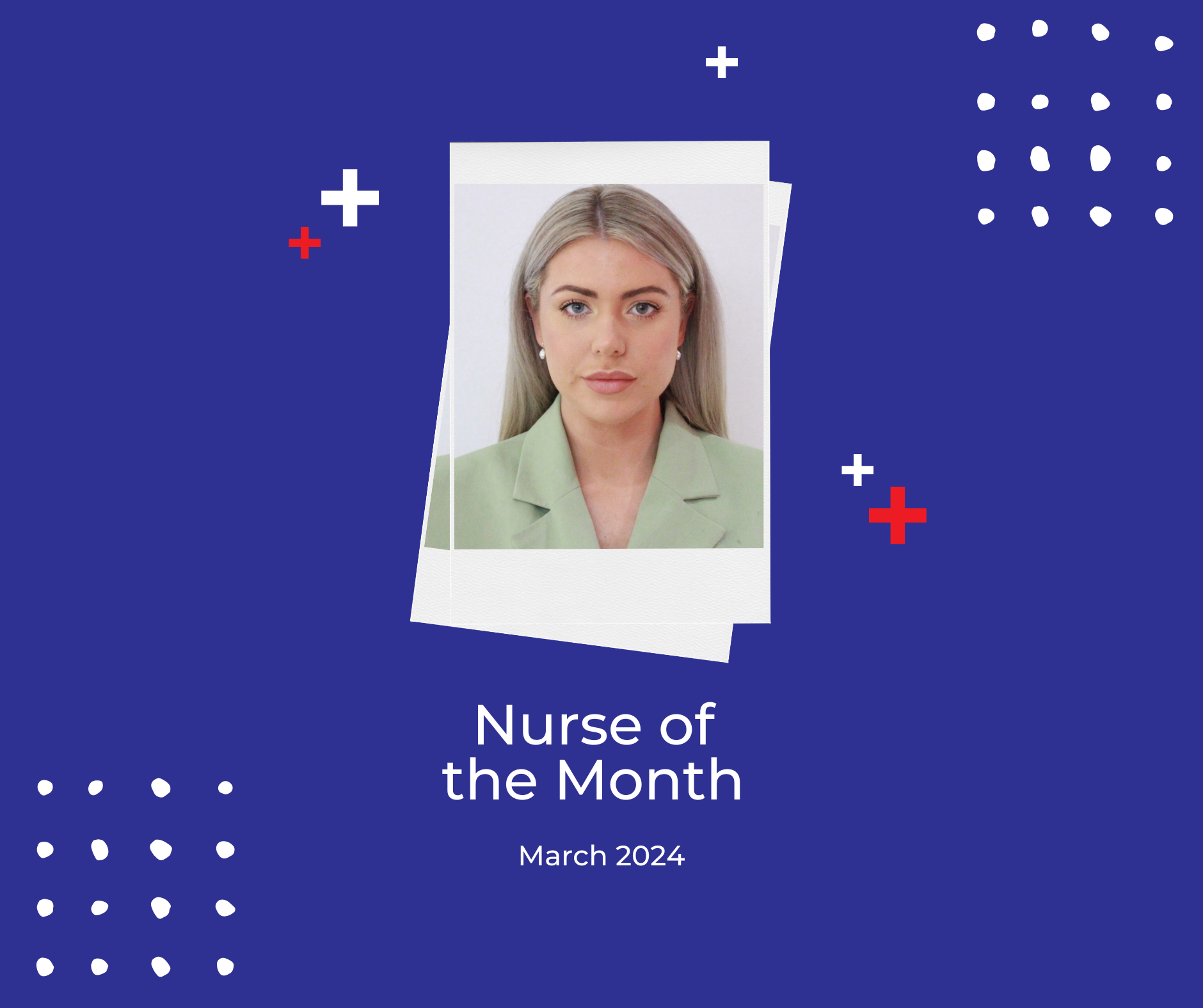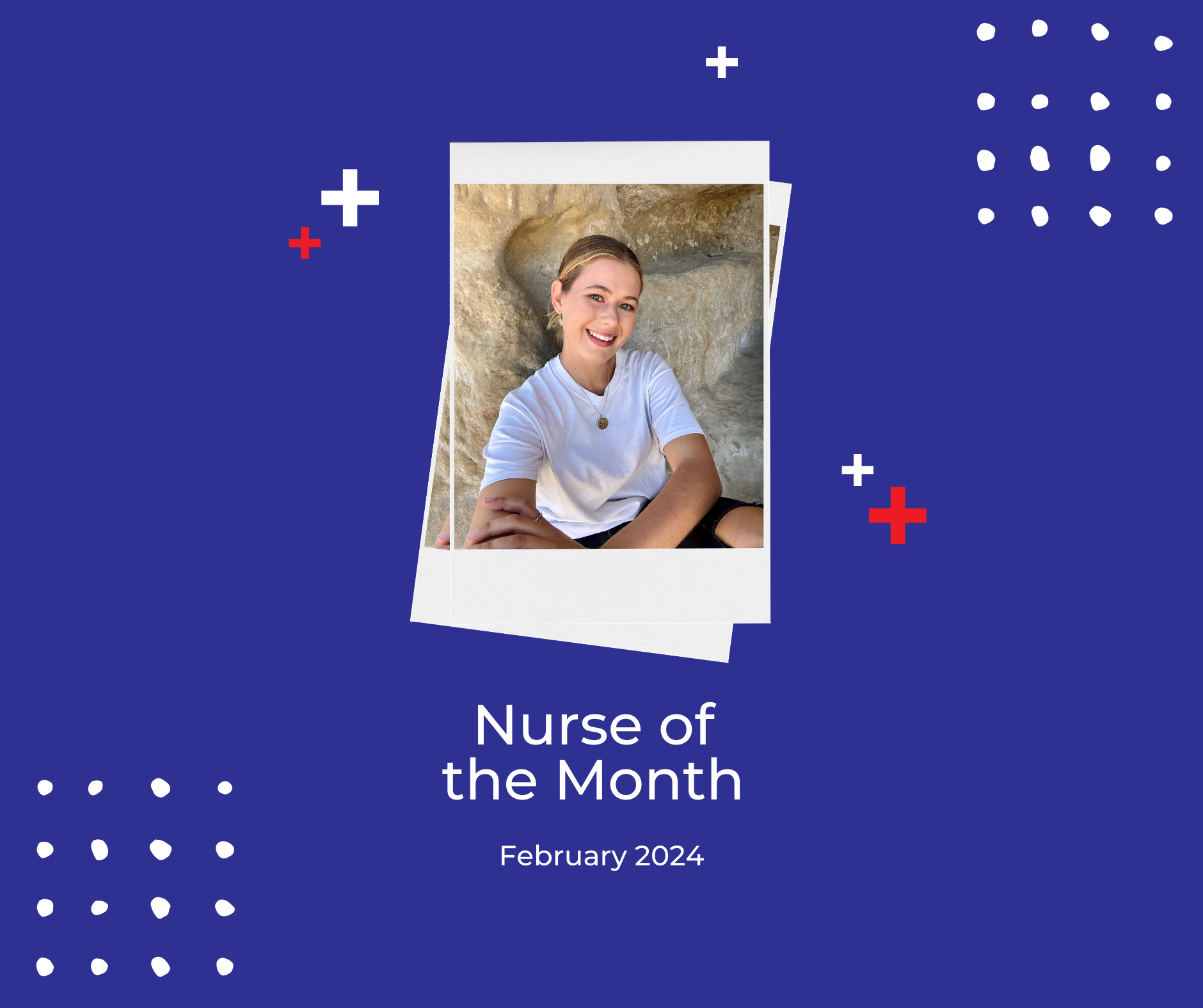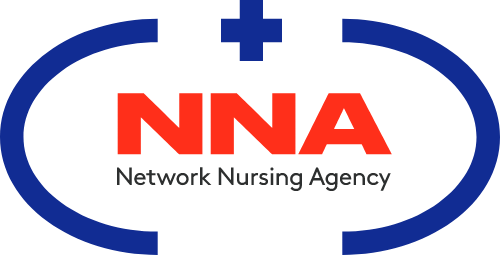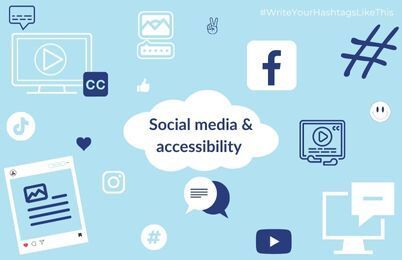Tips for creating accessible content on social media
We live in a world where the majority of us, in fact around
80% of us, have at least one social media profile. For a business, social media is important to gain brand awareness and connect with consumers. But have you ever stopped to think how easy that content is to access?
From a business to personal account, our content is out there for different users to enjoy. But there are users who might not be able to read those posts or see your images. In Australia, over
4 million people are living with a disability. So how can we ensure the content we put out on social media is accessible?
When it comes to content creation on social media, we all have a part to play to make it as accessible as possible. The below best practices may take a bit of getting used to, but these simple actions can help you cater to a wider audience. Here are 4 of our top tips that will make your social media more accessibility friendly:
Image descriptions
Have you ever come across a description of an image and wondered what it was for? Image descriptions are written captions at the end of a social post that describe the image. They include descriptions of photos, videos, graphics and anything with visual information. Image descriptions describe images and graphics to people who use screen readers.
Putting in an image description is so quick and easy; it only takes a few extra seconds to include in your post. In plain terms, all you need to do is write out what you can see in the image. Check out our Instagram to see our examples.
Handy tip: Some social media platforms include alternative (ALT) text which is great way to improve the accessibility of your post. But it shouldn't replace an image description. Why? Image descriptions provide more detailed descriptions than alt text. This helps users understand what is in the image in more depth.
Writing your hashtags in camelcase
Let’s talk about hashtags! Writing your hashtags in all-caps might look nice but it is rather difficult to read. #thisisnotaccessible, it is better to #WriteYourHashtagsLikeThis. Camelcase starts every word with a capital letter. Writing like this makes hashtags easier to read and supports automated screen readers.
Make sure video content has open and/or closed captions
Firstly, you might be wondering, what is the difference between open and closed captions? Well, we’re glad you asked.
- Open captions: Included captions that are imprinted on the video during editing
- Closed captions: Captions that can be turned on and off
Open captioning is popular and allows anyone to watch a video without noise. But too often, they are overlooked as an essential part of video content. Without open captions, people with hearing difficulties may miss out on the message.
Open captions help to make sure that the text on the screen is accurate, as they are added during the editing phase. Plus, they are more reliable than automated video transcripts offered on many video platforms.
Use of emojis
It can be easy to get carried away with emojis… especially with all the new and cool updates. Imagine someone is talking to you and ends their sentence with red heart, red heart, red heart, peace sign, peace sign. It would be pretty annoying, right? Screen readers read the emojis out loud. So, use them sparingly and preferably not in the middle of sentences - that could get confusing.
In today's virtual world, accessibility on social media is more important than ever. Making accessible content doesn't need to be hard or take too much time, but it goes a long way to include everyone in the online community.
We hope you find these tips useful, and we encourage you to apply them on your own social media content.
NNA Direct Support can provide in-home disability and nursing support services across Brisbane. To learn more about our supports or to chat with one of our friendly team members about how we can work with you,
reach out to us today.
